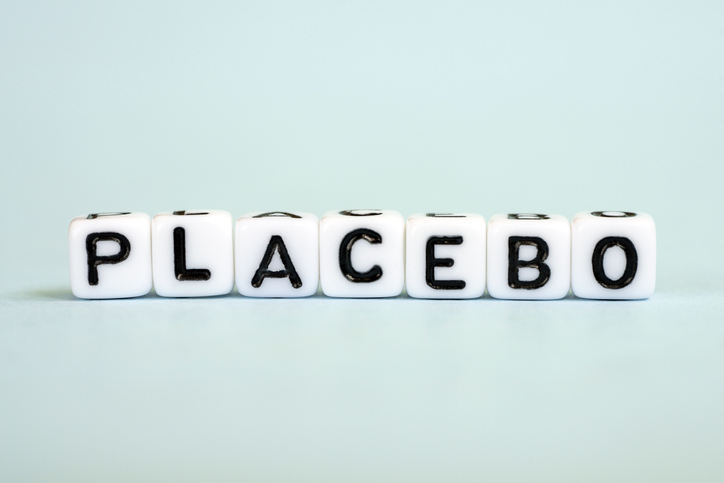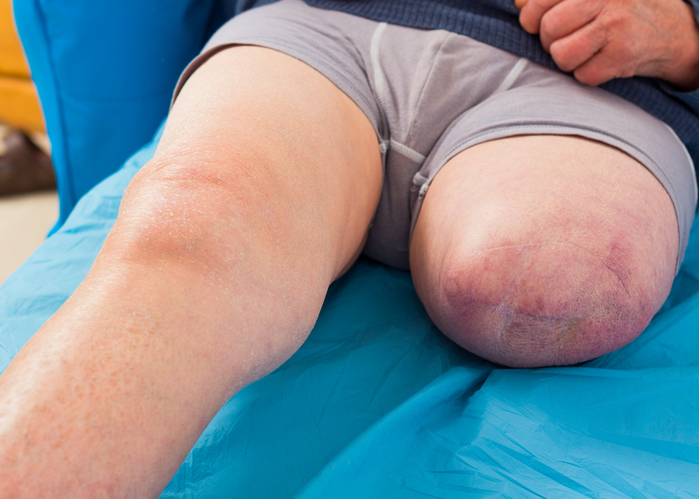Pain
What Is the Placebo Effect?

What is a placebo?
In the medical community, a placebo is something that presents as a medical treatment (e.g., medication, pill, procedure, etc.); however, it is not an actual medical treatment and has no expected therapeutic value. Examples include a sugar pill or a saline injection. Placebos are used in certain medical research studies.
What is a placebo-controlled study?
In a typical placebo-controlled study, some participants in the study receive an authentic medical treatment, some may receive no treatment (control group), and some receive a placebo. The participants don’t know whether they were given the placebo or the authentic treatment until the study is completed. Researchers then compare the results obtained from the control group, the placebo group, and the active-treatment group to evaluate the safety and effectiveness of the treatment.
What is the placebo effect?
The placebo effect occurs when a placebo is given instead of an active treatment, yet improvement or side effects are still experienced. It involves the brain convincing the body that the treatment is real. The placebo effect is most commonly seen in health conditions, such as depression, chronic pain, fatigue, and sleep disorders.
Approximately one in three people experience the placebo effect. Individuals who have high expectations that a treatment will work are more likely to experience it. However, even though expectations are involved, real physical changes can occur after being given a placebo.
Although the precise way the placebo effect works is not known, researchers believe it is related to increases in neurotransmitters, such as endorphins and dopamine. It may also be related to increased activity in parts of the brain associated with emotional reactions.
The placebo effect is not proof a studied medical treatment is not effective. Another factor unrelated to the medical treatment may be present.


















